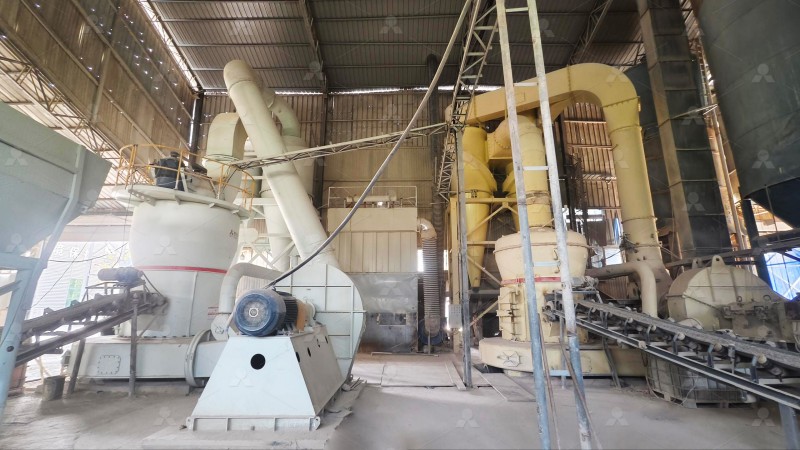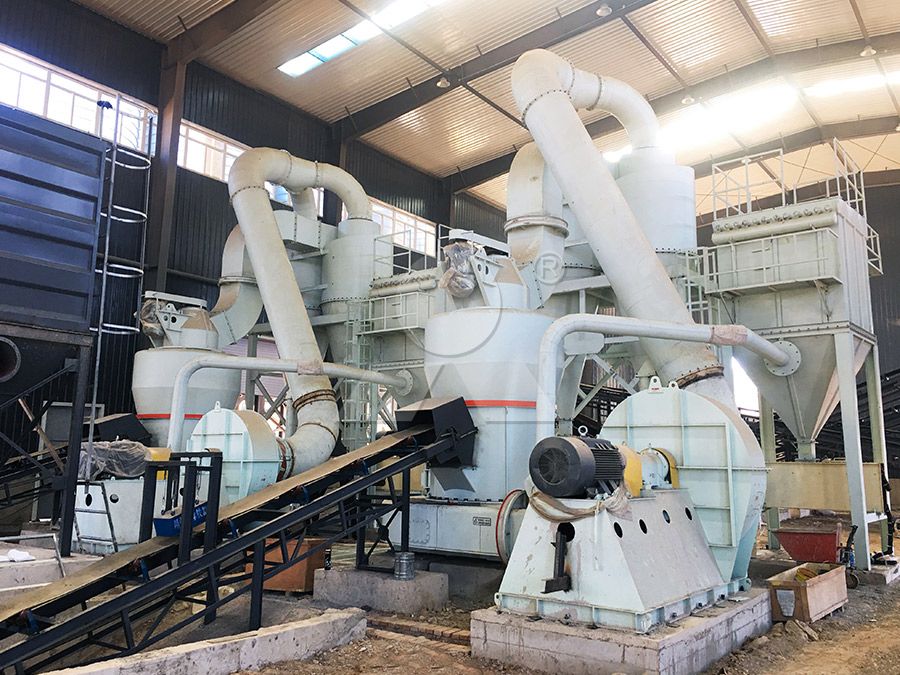Remote Monitoring Solutions for Industrial Grinding Systems
Remote Monitoring Solutions for Industrial Grinding Systems
In today’s hyper-competitive industrial landscape, maximizing operational efficiency and minimizing downtime are not just goals—they’re imperatives. For facilities relying on grinding systems for core production processes, unplanned stoppages and suboptimal performance can have a devastating impact on the bottom line. This is where advanced remote monitoring solutions step in, transforming traditional grinding operations into data-driven, intelligently managed assets.
The Shift from Reactive to Proactive Maintenance
Traditional maintenance schedules are often calendar-based, leading to unnecessary part replacements or, worse, catastrophic failure between service intervals. Modern remote monitoring systems leverage a network of IoT sensors to track critical parameters in real-time: vibration analysis for bearing health, thermal imaging for overheating risks, power consumption trends, and output fineness metrics. This data is transmitted securely to a cloud-based platform, accessible from any web-enabled device.

For instance, an anomalous vibration pattern detected in a MW Ultrafine Grinding Mill can trigger an immediate alert to maintenance managers. This allows for intervention before a minor issue escalates into a major breakdown, potentially saving days of production. The MW Mill is particularly suited for this, with its design that eliminates rolling bearings and screws in the grinding chamber—fewer moving parts mean fewer failure points, but the ones that remain are even more critical to monitor.
Optimizing Performance and Output Quality
Beyond preventing failure, remote monitoring is a powerful tool for optimizing grinding efficiency and ensuring consistent product quality. By continuously analyzing data on energy consumption (kWh/ton) and comparing it against output fineness (meshes), operators can fine-tune mill parameters for maximum yield.
Consider the challenge of maintaining a precise fineness between 325-2500 meshes. With a solution like our LUM Ultrafine Vertical Grinding Mill, which features advanced multi-head powder separating technology, the remote system can automatically adjust the separator’s rotor speed based on real-time product analysis feedback. This ensures the final product consistently meets the strictest specifications without manual intervention, even as raw material properties fluctuate.
![]()
Integration and The Human Element
The true power of these systems is realized when they are seamlessly integrated into broader Plant Management or ERP systems. This creates a closed-loop where production schedules, maintenance workflows, and inventory management (like spare parts for your MW or LUM mills) are all informed by live equipment data.
It’s crucial to remember that this technology augments, rather than replaces, human expertise. The alerts, trends, and diagnostics empower your team to make faster, more informed decisions. Technicians arrive on-site already knowing the probable cause and required parts, drastically reducing mean-time-to-repair (MTTR).

A Sustainable, Future-Proof Investment
Implementing a remote monitoring strategy is a significant step towards greener operations. By ensuring grinding systems like the energy-efficient MW and LUM mills are always operating at peak performance, facilities significantly reduce wasted energy. Furthermore, the detailed operational data provides invaluable insights for future process improvements and capital planning, ensuring your grinding operations remain competitive and productive for years to come.
